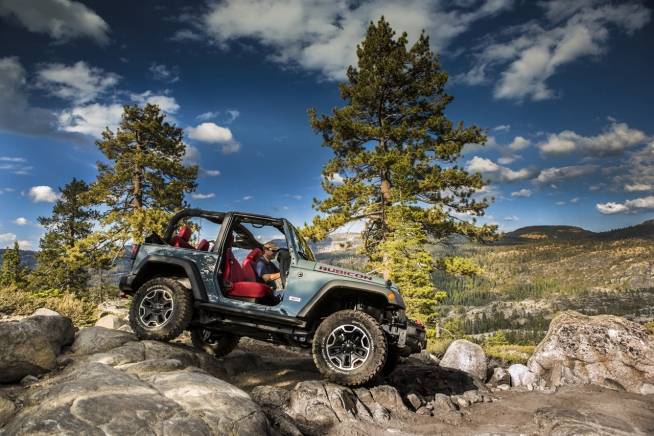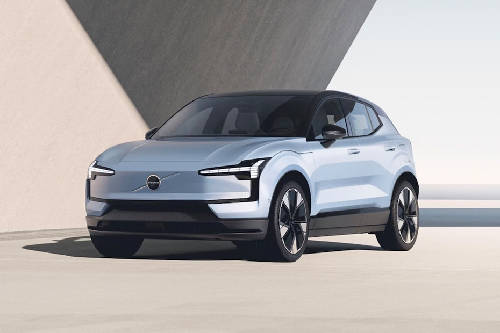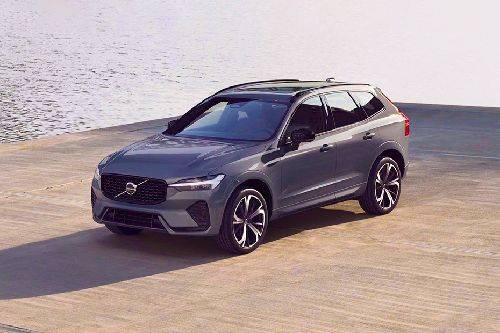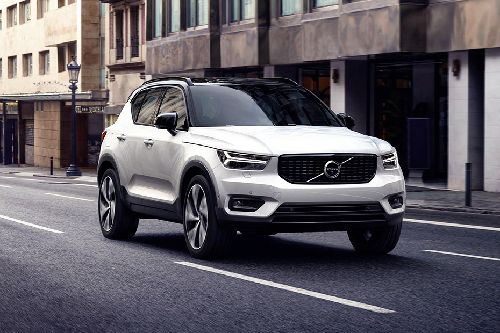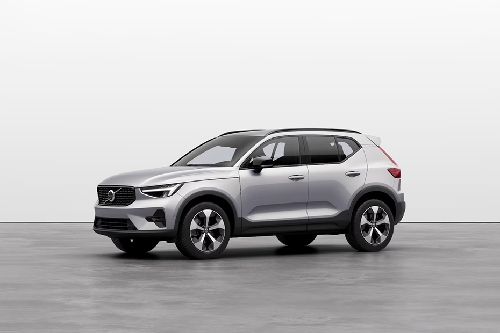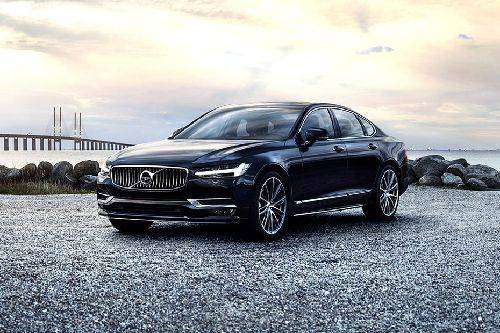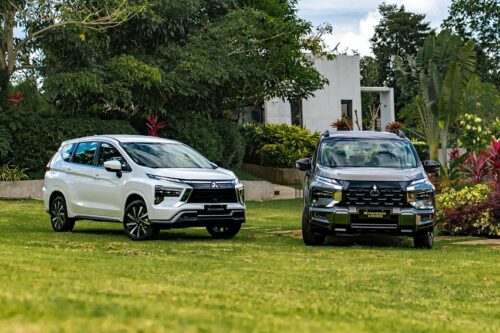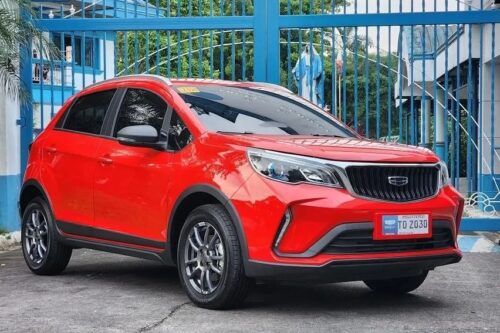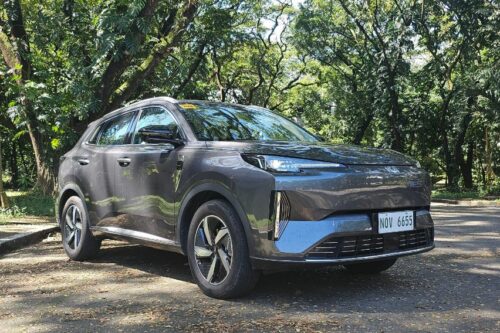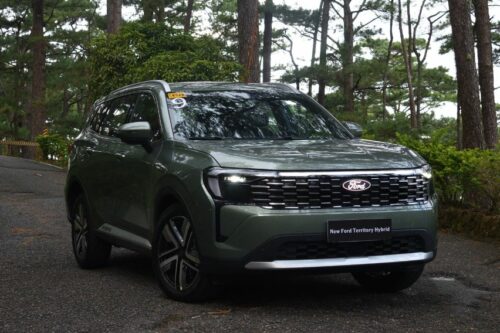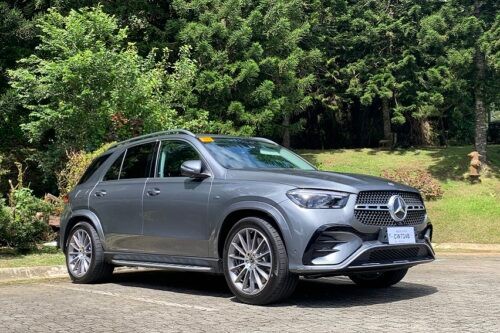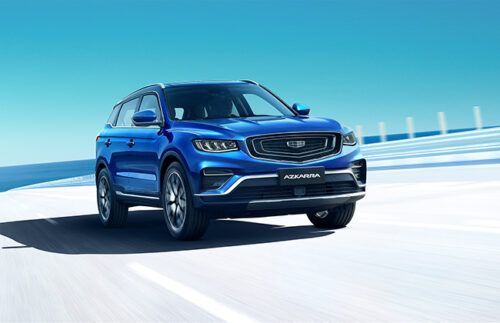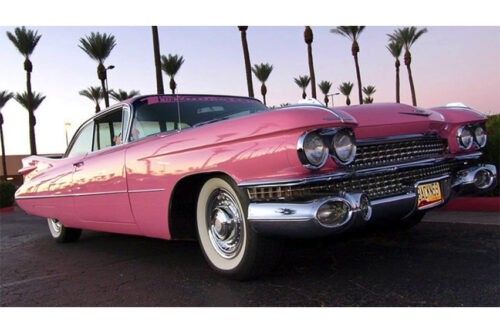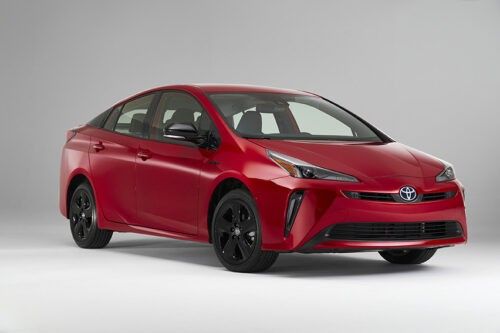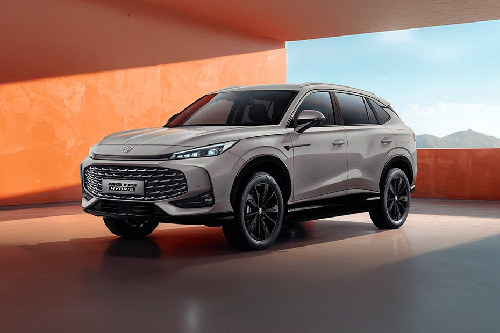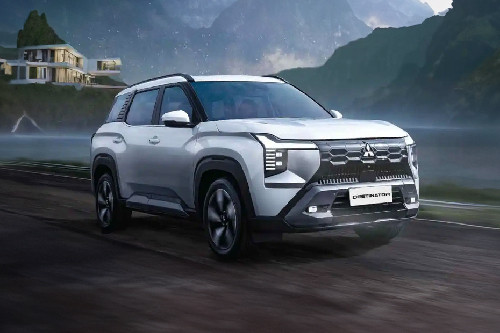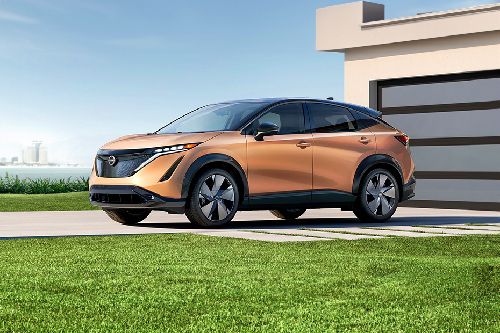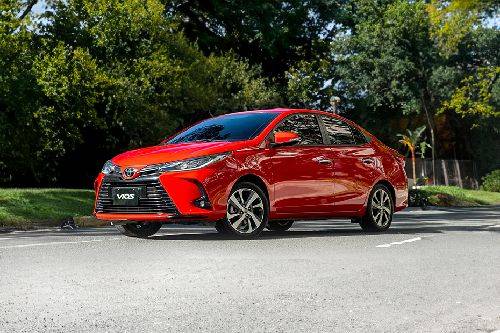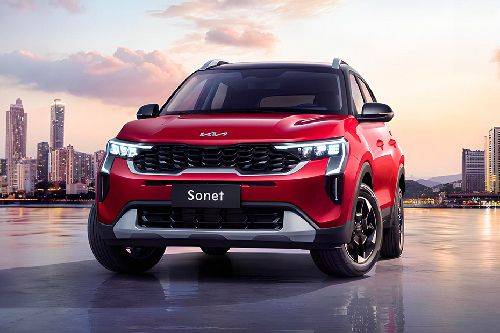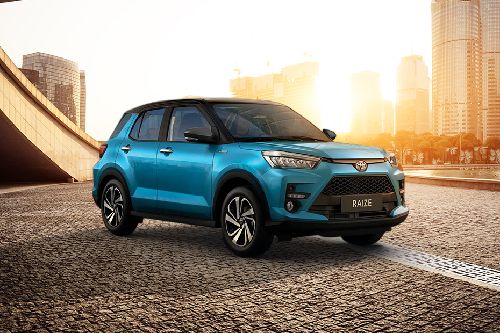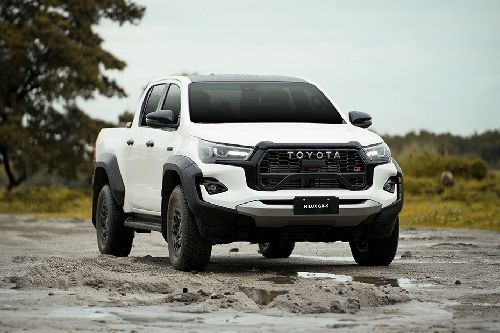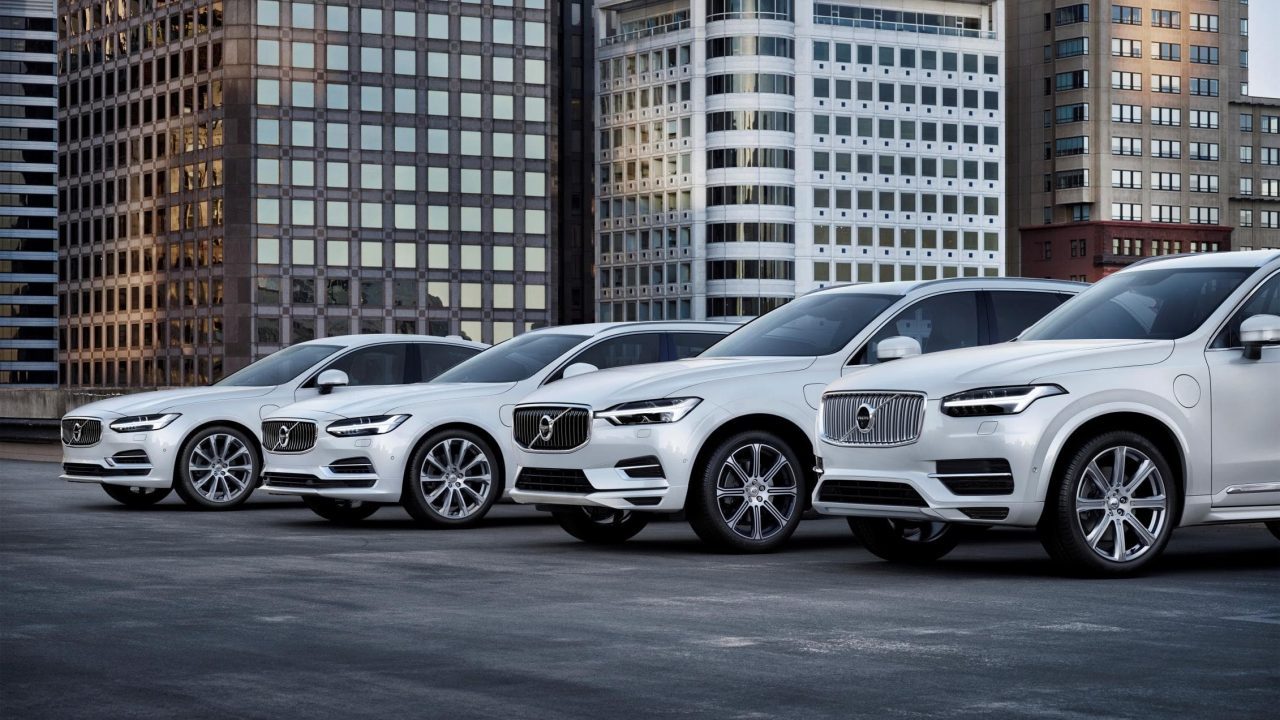Taking Off the Mystification Cover from All-Wheel Drive and Four Wheel Drive
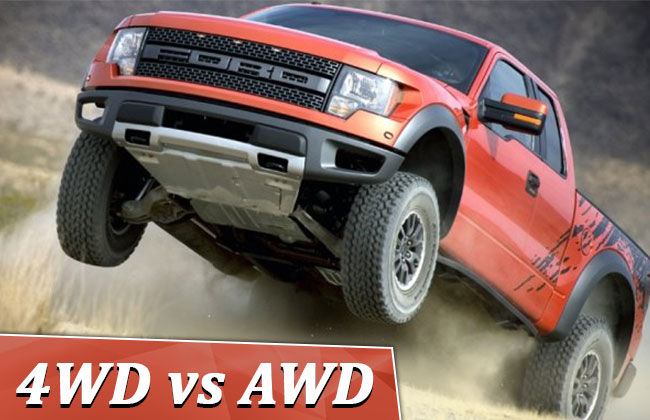
MANILA: Often as a car buyer or an auto explorer, you come across tech terms like AWD or All-wheel drive and 4WD or 4-wheel drive, but what these terms actually mean? Do you wish to buy a 4x4 car? Of Course, as an auto fanatic we all wish to own a 4x4 vehicle, but what does it really means? If you are wondering the same and this question seems to haunt you for quite some time now then it’s time to put a halt to your bewilderment as we have done our best to clarify on the topic and take you to the real difference and meaning of an AWD and 4WD. Get on to the following section to determine the differences between the two and flaunt among your peer circle proudly.
In simple terms, we’ll take you to a knowledge ride that’ll definitely uncover the confusion clouds from your mind regarding the all-wheel drive system and four-wheel drive. Referring to these terms, there isn’t much difference between the two, but they can surely be not interchangeable.
Four-Wheel Drive System
Starting from the older version, also referred as 4x4 or 4WD, is meant for off-roading (pickups) or large vehicles like SUVs, which are designed to serve as off-roaders. In the case of four-wheel drive, the power is transmitted to front as well as rear axle via transfer case ensuring equal power is transferred to all the four wheels. However, the problem arises while turning, as the inside wheel requires less speed as compared to the outside wheel, which covers more ground resulting in the free spinning of inside wheel and loss of traction.
This can be controlled in modern day vehicles by a lever or a click of a button or control. The 4WD is activated at will by the driver on the go whenever required that is at low speed on terrains that aren’t good to drive on like mud, rocky areas and other such areas while on the other hand in normal conditions you can continue to enjoy a two-wheel drive.
It is typically for areas where there isn’t any road at all or the terrains are full of rocks, mud or even snow. It is the proven technology that is meant to maneuver the vehicle across the uneven tracks. However, the fuel efficiency is affected in a significant manner and to regain the same you need to turn off the 4WD in normal conditions.
All-Wheel Drive System
On the other side, All-Wheel Drive is a modernized innovation in the field of automotive mechanics that can bee seen integrated into a variety of cars like supercars or crossovers or luxury SUVs. The AWD system is on all the time and you need not switch it on, which is what the major difference between 4WD and AWD.
In case of AWD, in normal conditions, the rear wheels are responsible for moving car further while the front wheels spin freely. But in the case of critical situations like snow or slippery roads where traction becomes difficult, the all-wheel drive system comes into play and the power is distributed evenly across the front and rear axle via centre differential giving a forceful grip on the track. It provides several advantages like good control over the vehicle in slippery or wet conditions, supreme fuel economy under normal conditions and is on all the time.
Both the systems have their respective radical pros and cons depending upon the nature of the terrain and vehicle type. AWD is meant for modern cars for everyday run while the former and old four-wheel drive system is responsible for off-roading vehicles.
Also Read: Advancements in Internal Combustion Engines
Sell your car at the best price
 Verified and genuine buyers
Verified and genuine buyers
Volvo S60 Related Stories
- News
Volvo Car Models
Trending & Fresh Updates
- Latest
- Popular
You might also be interested in
- News
- Featured Stories
Volvo Featured Cars
- Latest
- Upcoming
- Popular
Latest Volvo S60 Car Videos on Zigwheels

Volvo S60 Car Articles From Carmudi
- journal
